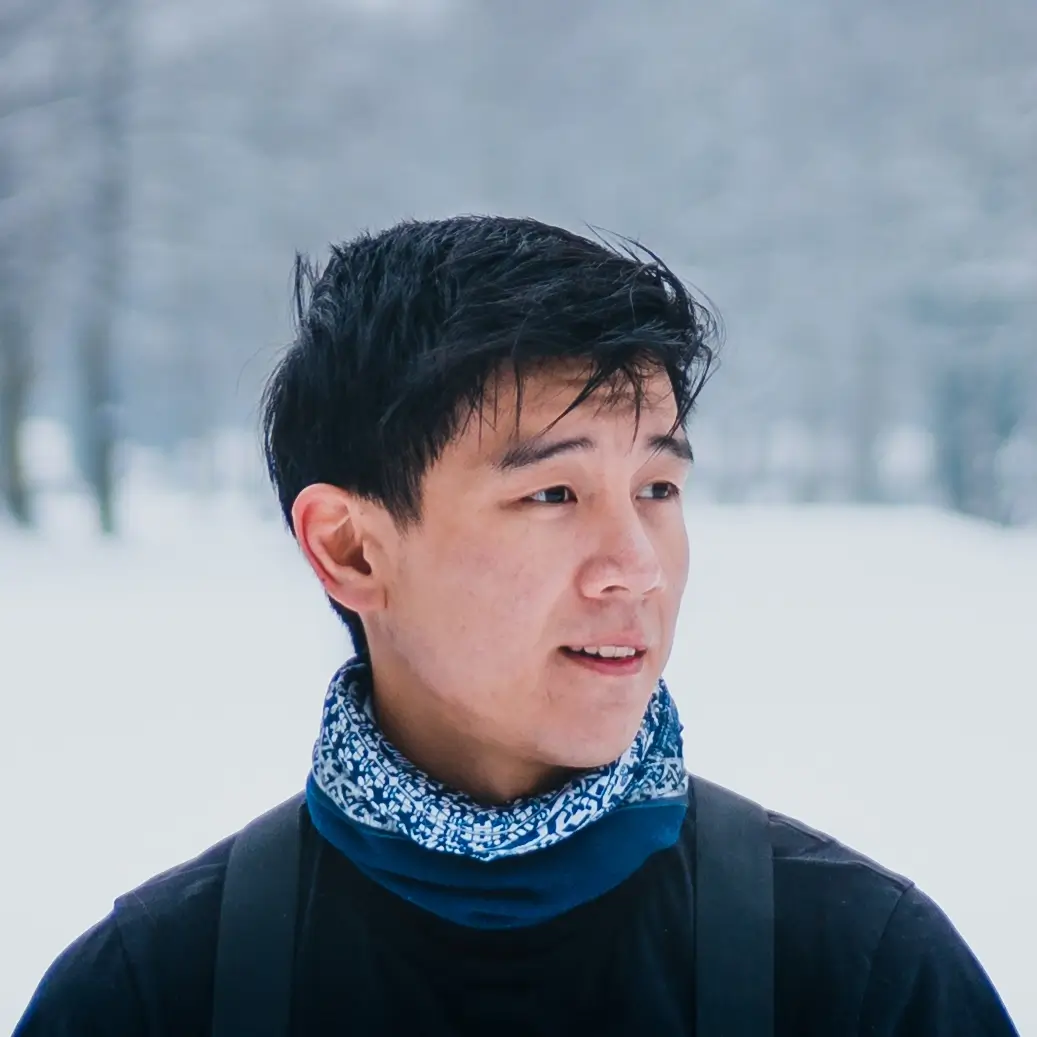Liam Man is a Sony Imaging Ambassador and master of aerial light-painting, based in the United Kingdom. By illuminating landscapes at night, he transforms the darkness into his canvas, upon which he uncovers hidden textures and contours that would be invisible during the day. Each photograph is meticulously crafted into a surreal impression of the Earth, while remaining firmly grounded in reality.
A keen explorer and environmentalist. Liam’s recent work combines artistry with advocacy and offers a vision of the world that highlights its fragile beauty while inviting viewers to consider their relationship with the environment. His images are a call to action, leaving an enduring impact on all who encounter it.
Statement:
By showcasing places in a new light, I hope to shift people’s perspectives. To see incredible destinations as more than just backgrounds for social media. My creative process is deeply intentional, involving days immersed in remote environments observing how light interacts with the terrain. Only when I truly understand my subject do I begin to "paint" the scene with aerial lighting rigs. A process of discovery, I love finding unusual shapes in the shadows.
